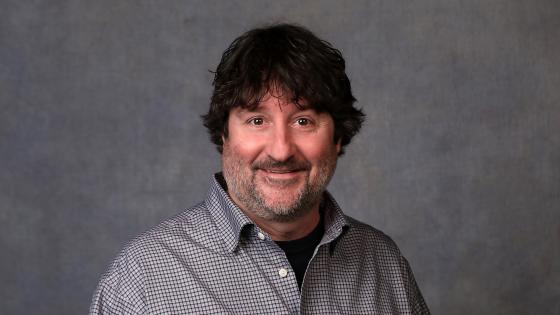Research Findings Featured on Cover of ‘American Journal of Physics’

An article published by Professor of Physics Tim Gfroerer and Morgan Bergthold ’20 in the American Journal of Physics graced the cover of the prestigious journal’s September 2020 issue.